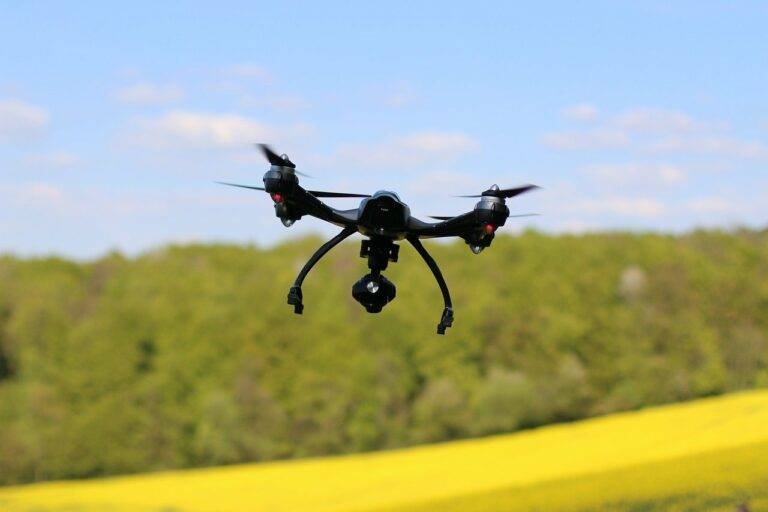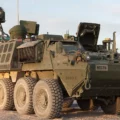In one of his final acts as president, Donald Trump signed an executive order on January 18, 2021, directed at addressing possible threats posed by unmanned aircraft systems.
Trump directed all federal agencies to assess the security threats posed by unmanned aircraft systems currently used by the government but built by countries deemed foreign adversaries. The order specifically defined foreign adversaries to be North Korea, Iran, China, Russia, or “any foreign non-government entity, engaging in long-term patterns or serious instances of conduct significantly adverse to the national or economic security of the United States.”
Trump’s order also directs agencies to assess “potential steps that could be taken to mitigate these risks, including, if warranted, discontinuing all federal use of (drones) and the expeditious removal of (drones) from federal service.”
The presidential order comes when the United States is cracking down on potential threats posed by unmanned aircraft systems.


In December 2020, the U.S. Commerce Department added dozens of Chinese companies to America’s economic blacklist, including the world’s largest drone manufacturer — DJI.
In October 2019, the Department of the Interior announced it was grounding its fleet of over 800 Chinese-made drones over security concerns. The following year, Interior Secretary David Bernhardt said the department would no longer be purchasing drones manufactured in China, citing threats posed by unmanned aircraft systems.
Further addressing threats posed by unmanned aircraft systems, the Federal Aviation Administration (FAA) also announced new regulations last month that would require all mass-produced drones to broadcast a “Remote ID” by 2022, identifying not just the location of a drone but also its operator.
Additionally, by 2023, the FAA’s new drone law will make it illegal to fly any drone within the United States that is not broadcasting its location. Current drone owners will either have to retrofit their devices with a new broadcast module or only fly in specially designated “FAA-Recognized Identification Areas.”
Last week, The Debrief reported on the Department of Defense’s new joint forces counter-drone strategy, detailing the Pentagon’s plans for addressing threats posed by small unmanned aircraft systems (sUAS). “This strategy provides the framework for addressing sUAS across the spectrum from hazard to threat in the homeland, host nations, and contingency locations,” said Acting Secretary of Defense Christopher Miller.
Trump’s recent executive order directs “the Director of National Intelligence in consultation with the Secretary of Defense, the Attorney General, the Secretary of Homeland Security, the Director of the Office of Science and Technology Policy, and the heads of other agencies, as appropriate,” to review reports and provide incoming President Joe Biden with a detailed report addressing the threats posed by unmanned aircraft systems within 180 days.
Coincidentally, this report roughly coincides with the same time frame the Director of National Intelligence has been directed to provide a similar comprehensive report to Congress on “unidentified aerial phenomena.” In past reporting, however, defense and intelligence officials have indicated there is a stark difference between the threats posed by unmanned aerial systems and by “unidentified aerial phenomena.”

